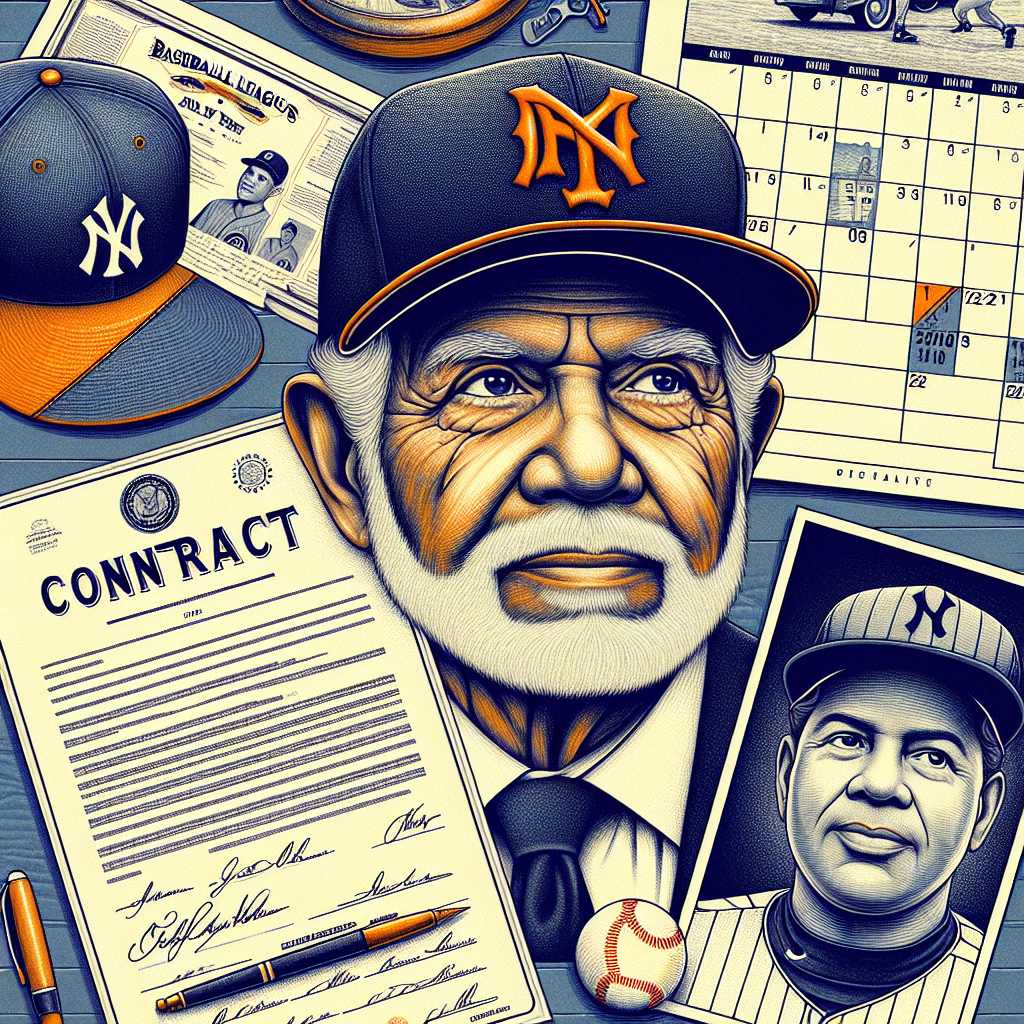The Enduring Legacy of Bobby Bonilla’s Contract with the New York Mets
Bobby Bonilla—once a formidable player in Major League Baseball (MLB)—is perhaps best known today not for his performance on the field, but for the unique structure of his contract with the New York Mets, which has secured him payment of nearly $1.2 million annually for 25 years, from 2011 through 2035. This story serves as a fascinating case study in sports finance and contractual innovation and has earned its own celebratory day known colloquially as “Bobby Bonilla Day” on July 1st each year.
Bobby Bonilla’s Career Highlights
Before delving into the structure of his infamous contract, it is imperative to acknowledge the athletic achievements of Bobby Bonilla. Bonilla enjoyed a successful career, beginning in the mid-1980s and extending through the turn of the century. He was selected as an All-Star multiple times and contributed significantly to various teams’ successes, including the Pittsburgh Pirates and the New York Mets.
A Unique Contractual Agreement
Bobby Bonilla’s contract with the Mets stands out for its deferment clause. In 2000, Bonilla was due $5.9 million for the final year of his contract with the team. Instead of paying him outright, the Mets agreed to defer compensation into a series of annual payments at an 8% interest rate starting in 2011.
Why Did the Mets Agree to Defer Payment?
What might be seen as a disadvantageous move by today’s standards was influenced by economic factors at the time. The Mets owners were reportedly involved in investments with financier Bernie Madoff that were generating double-digit returns, which financially incentivized them to defer payments through long-term contracts such as Bonilla’s.
The Financial Trade-Offs
Examining such deferment deals exposes several layers of financial future-gazing: cash flow considerations, opportunity costs, present value of money, and predictions about investment returns versus contractual obligations. A captive account allows for the analysis of wide-ranging outcomes – booming success or unforeseen free fall.
Deferment Tactics Beyond Bonilla
Bonilla’s case is not alone in the annals of sports deferment agreements; he simply sits atop a totem pole due to the length and structure of the agreement made with him. Other athletes have structured similar — albeit commonly less newsworthy — deferments within their doing contracts across sports disciplines.
Cultural Impact
‘Bobby Bonilla Day’ has transcended beyond mere financial chatter into cultural phenomenon status over the years. Every July 1st prompts discussion about effective sports management, talent valuations, risk management, and albeit jokingly, essential investment lessons for fans and pundits alike.
A Reflection on MLB Contractual Strategies
Several players and agents have learned from Bonille’s legacy and structured deferrals into their respective contracts since. Yet in light of these deals, sports analysts closely scrutinize them for fear they may portend significant financial burdens on teams over time. This scenario summons discussion regarding salary caps, revenue-sharing standards and their pertinent adjustments considering such contracts across MLB.
A Framework for Future Sporting Contracts
As other leagues scrutinize Bobby Bonilla’s deal with interest or trepidation, Bonilla’s enduring impact might be in prompting forwards-thinking among athletes and agents about remuneration approaches and setting swathes for collective bargaining agreements within any professional sporting forum.
Notes
Image description: A styled montage featuring key elements related to Bobby Bonilla’s legacy – a New York Mets baseball cap, an official MLB contract document with pen indicating signature lines, a calendar marked on July 1st symbolizing “Bobby Bonlla Day,” alongside portraits of Bobby himself during his playing days or at more current-age appearances.
